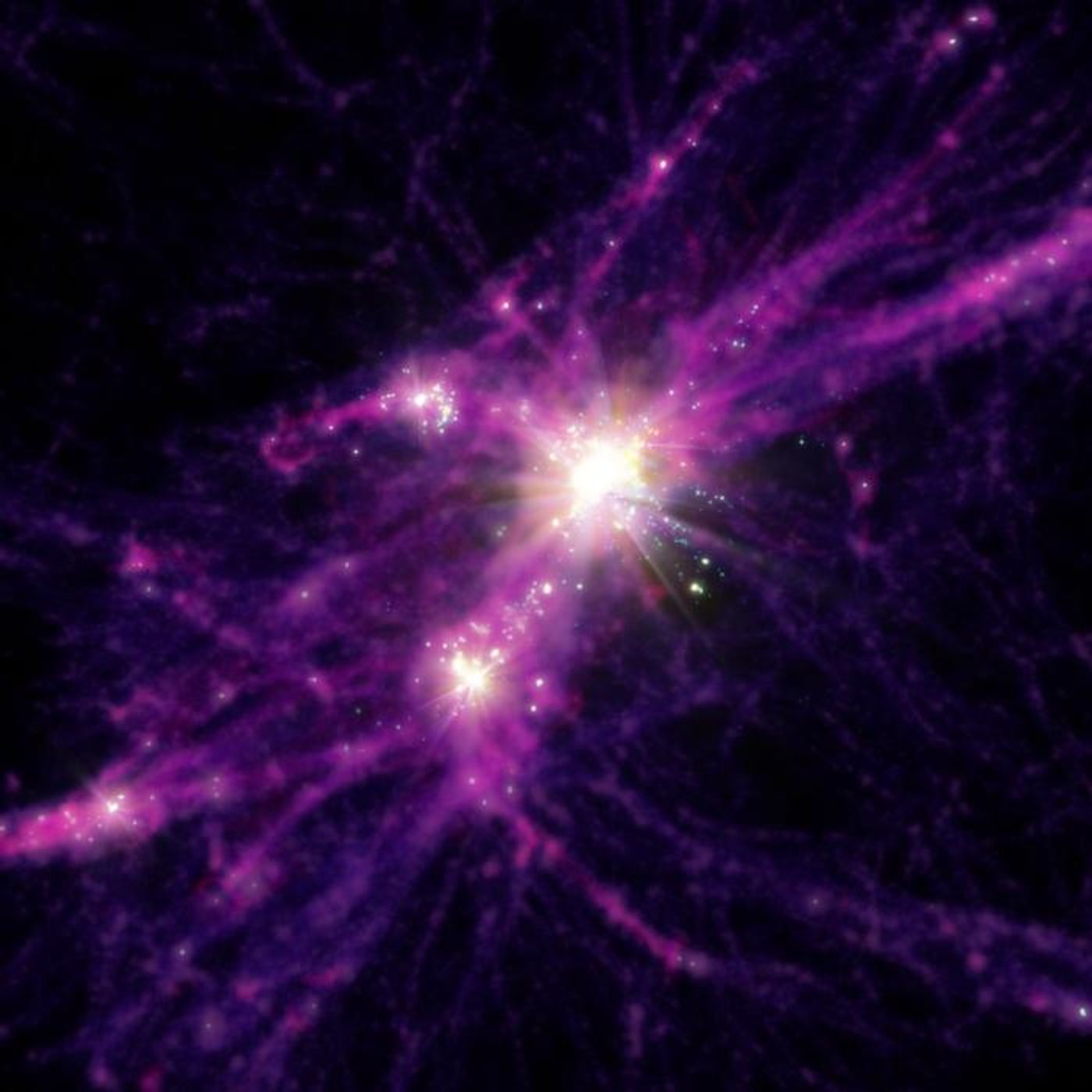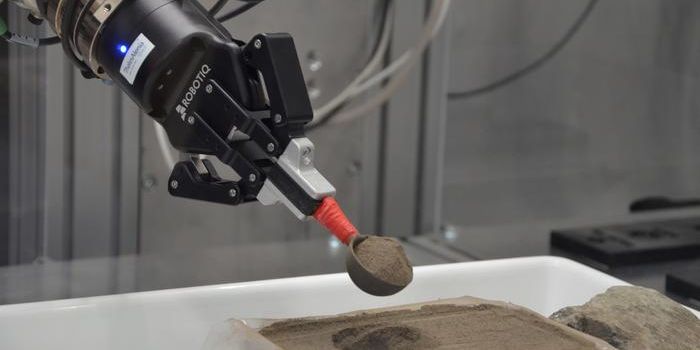Cosmic Dawn Revisited: New Insights into Galaxy Formation Defy Expectations
A recent study published in The Astrophysical Journal Letters uses computer simulations to uncover the formation and evolution of young galaxies, specifically their respective mass, that existed during a period known as cosmic dawn, which lasted approximately 100 million years to 1 billion years after the Big Bang. This study comes after NASA’s James Webb Space Telescope (JWST) previously identified these young galaxies as being both brighter and more massive than cosmologists have long hypothesized, and some scientists even began to question what’s known as the standard model of cosmology.
However, this study not only helps ascertain why the masses of some of these young galaxies are observed to be misleading, but how this works with the standard model of cosmology, as well.
“The discovery of these galaxies was a big surprise because they were substantially brighter than anticipated,” said Dr. Claude-André Faucher-Giguère, who is an Associate Professor of Physics & Astronomy at Northwestern University and a co-author on the study. “Typically, a galaxy is bright because it’s big. But because these galaxies formed at cosmic dawn, not enough time has passed since the Big Bang. How could these massive galaxies assemble so quickly? Our simulations show that galaxies have no problem forming this brightness by cosmic dawn.”
Armed with these new computer simulations, which are part of the Feedback of Relativistic Environments (FIRE) project, the team was able to demonstrate that the brightness of these young galaxies corresponds to what JWST observed. Additionally, they also observed the stars within the simulations exhibited a notion known as “bursty star formation”, meaning they are created in bursts individually along with many stars at once. This contrasts how the stars within our Milky Way forming at a steady rate, meaning they form slowly individually thus resulting in their numbers growing steadily over time, as well. It is this bursty star formation that could explain the previously unexplained brightness of the young galaxies.
Artist rendition of early galaxies exhibiting bursty star formation rendered from the FIRE simulation data used for this study. Stars and galaxies in this image are displayed as bright white points of light, while the purples and reds are dark matter and gas. (Credit: Aaron M. Geller, Northwestern, CIERA + IT-RCDS)
“Bursty star formation is especially common in low-mass galaxies,” said Dr. Faucher-Giguère. “The details of why this happens are still the subject of ongoing research. But what we think happens is that a burst of stars form, then a few million years later, those stars explode as supernovae. The gas gets kicked out and then falls back in to form new stars, driving the cycle of star formation.”
This study marks the first time researchers have used computer simulations to demonstrate that bursty star formation is possible while maintaining the current standard model of cosmology.
What new discoveries will astronomers make about the early universe in the coming years and decades? Only time will tell, and this is why we science!
As always, keep doing science & keep looking up!
Sources: The Astrophysical Journal Letters, EurekAlert!, University of Colorado Boulder, The New York Times, Northwestern Now, Northwestern University









